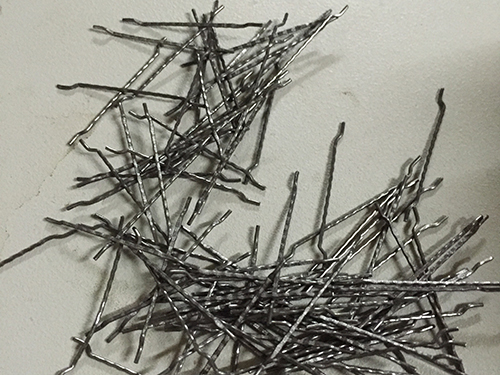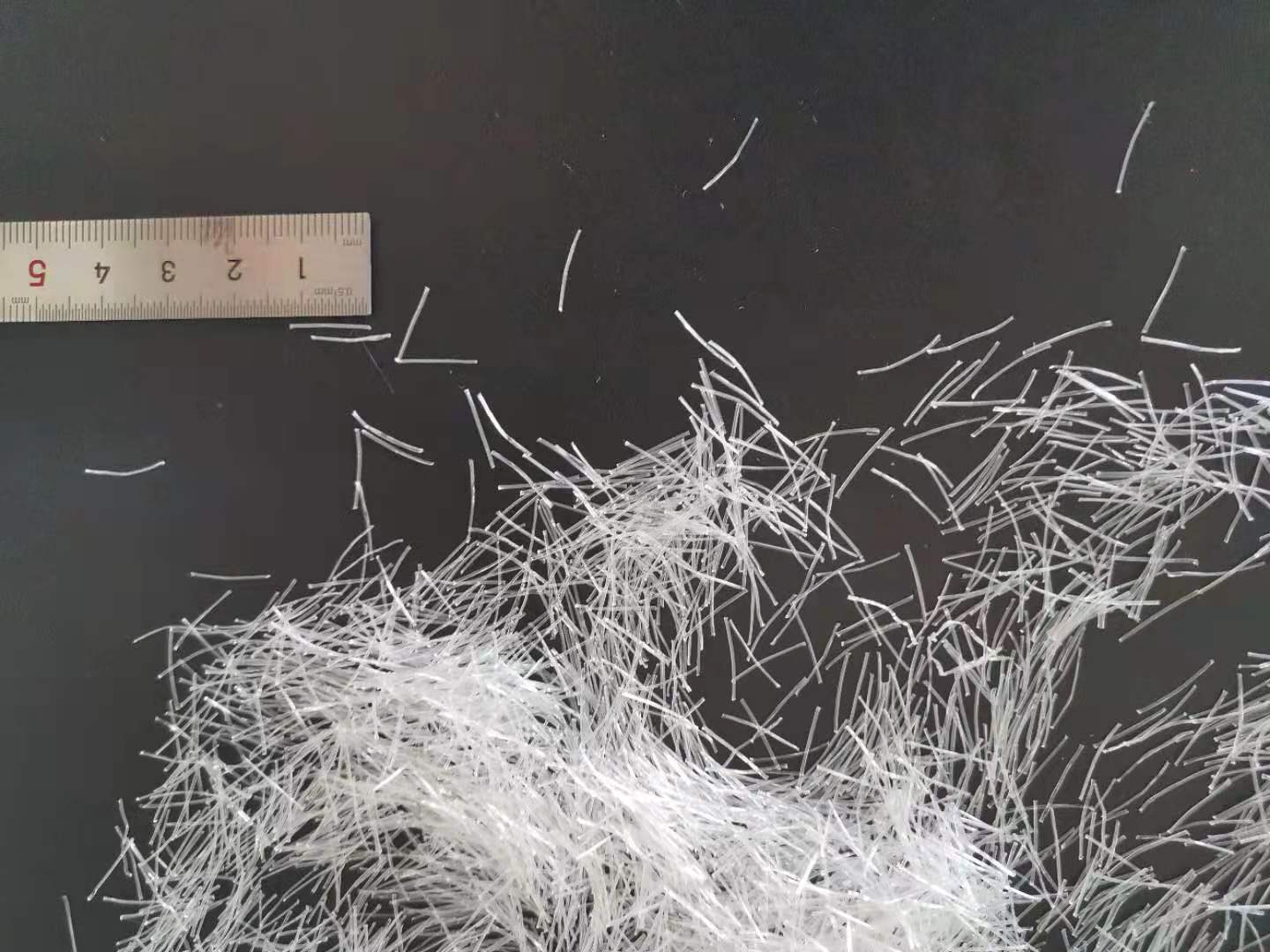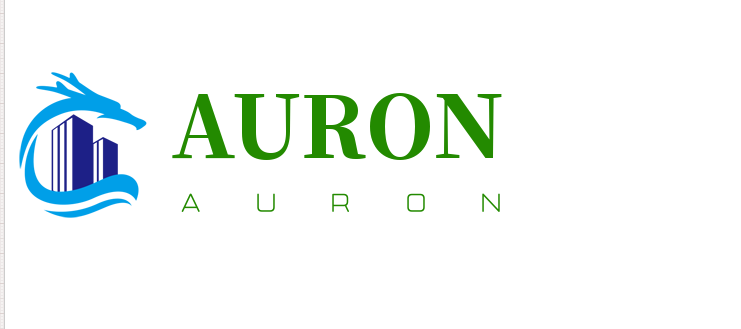The development of fiber reinforced concrete is an important way to improve the quality of high performance concrete. Fiber reinforced concrete is usually a kind of cement-based composite material, which is composed of cement paste, mortar or concrete as the base material and discontinuous short fiber or continuous long fiber as reinforcement material. The main function of fiber reinforced concrete is to limit the development of surrounding cracks through bridging, so as to improve the performance of concrete.
1、 The role of fiber in cement matrix
1. Crack resistance. It can prevent the expansion of original defects in cement matrix and effectively delay the appearance of new cracks;
2. Anti seepage. The compactness of cement matrix is improved by crack resistance to prevent the invasion of external water;
3. Durable. Improve the frost resistance and fatigue resistance of cement matrix, and improve its durability;
4. Impact resistance. To improve the deformation resistance of cement matrix, so as to improve its toughness and impact resistance;
5. Tension. On the premise of using high elastic modulus fiber, it can improve the tensile strength of matrix;
6. Beautiful. Improve the apparent performance of cement structure to make it more compact, smooth, smooth and beautiful.
2、 Types, advantages and disadvantages
1. The technical characteristics of steel fiber reinforced concrete are that it can improve the toughness and tensile strength of concrete, but steel fiber mixing is easy to agglomerate, the workability of concrete is poor, it is difficult to pump, it is difficult to construct and easy to rust. The steel fiber concrete is self-important and uses a lot of steel in manufacturing, which increases the consumption of steel and increases the cost. The failure mode of steel fiber in the process of use is mainly pulled out, but will not be broken, which shows that the adhesion between steel fiber and concrete is insufficient, which will affect the effect of improving the tensile strength of concrete. The principle of toughening and strengthening is that after cracks are generated, due to the high modulus of steel and the high tensile strength of single steel, the further development of cracks is prevented; however, due to the limited number of steel fibers, the concrete can not be broken In addition, the density of steel fiber in construction is too high, which makes it impossible to evenly distribute in the lower part of concrete. This is the main reason why the theoretical research conclusion is better and the actual application effect is quite different.
2. Although glass fiber has been used to pave concrete pavement, glass fiber exposed a lot of shortcomings in use, such as glass fiber concrete exposed to the atmosphere for a period of time, its strength and toughness will be greatly reduced, that is, from early high strength and high toughness to ordinary concrete degradation. As we all know, ordinary glass fiber has a fatal weakness, that is, alkali resistance, alkali aggregate reaction is the "cancer" of cement concrete. Therefore, ordinary glass fiber can not be used as cement-based reinforced material, even alkali resistant glass fiber is not suitable for composite with ordinary portland cement, and it is better to composite with low alkalinity cement. This is mainly to reduce the alkaline corrosion of cement substrate on the surface of glass fiber. The technical route of "double insurance" in China is the practice of "cutting the foot to fit the shoes" and it is difficult to distinguish alkali resistant glass fiber from ordinary glass fiber in appearance, so it has been difficult to popularize it on a large scale for decades.
3. Synthetic fiber includes polypropylene fiber, polyester fiber and polyacrylonitrile fiber. It is similar to steel fiber in that it is not eroded by hydration products and has certain tensile strength. It can be distributed in concrete matrix in three-dimensional random direction. Its crack resistance principle is to give full play to the advantages of fiber quantity, has a large surface area, and can restrain micro cracks from connecting with each other. However, the density of synthetic fibers is small, the diameter of monofilament is small, and thickening effect is not conducive to the vibration of concrete. Because of the low tensile strength of synthetic fibers, the main form of failure is fiber breaking, and it is also not good enough to resist aging and alkali resistance.
4. Carbon fiber is a kind of high-performance fiber developed in 1960s. It has the advantages of high tensile strength and elastic modulus, stable chemical properties and good bonding with concrete. However, due to the high price of carbon fiber, its engineering application is greatly limited.
From the performance of the above fiber reinforced concrete, it can be seen that these fiber reinforced concrete have some defects, which are not ideal in meeting the requirements of high-performance concrete, and can not solve some existing problems. The experience of fiber reinforced concrete development for decades tells us that we must make a breakthrough in fiber in order to make the fiber concrete this kind of high performance concrete can be widely used.

2、 Types, advantages and disadvantages
1. The technical characteristics of steel fiber reinforced concrete are that it can improve the toughness and tensile strength of concrete, but steel fiber mixing is easy to agglomerate, the workability of concrete is poor, it is difficult to pump, it is difficult to construct and easy to rust. The steel fiber concrete is self-important and uses a lot of steel in manufacturing, which increases the consumption of steel and increases the cost. The failure mode of steel fiber in the process of use is mainly pulled out, but will not be broken, which shows that the adhesion between steel fiber and concrete is insufficient, which will affect the effect of improving the tensile strength of concrete. The principle of toughening and strengthening is that after cracks are generated, due to the high modulus of steel and the high tensile strength of single steel, the further development of cracks is prevented; however, due to the limited number of steel fibers, the concrete can not be broken In addition, the density of steel fiber in construction is too high, which makes it impossible to evenly distribute in the lower part of concrete. This is the main reason why the theoretical research conclusion is better and the actual application effect is quite different.
2. Although glass fiber has been used to pave concrete pavement, glass fiber exposed a lot of shortcomings in use, such as glass fiber concrete exposed to the atmosphere for a period of time, its strength and toughness will be greatly reduced, that is, from early high strength and high toughness to ordinary concrete degradation. As we all know, ordinary glass fiber has a fatal weakness, that is, alkali resistance, alkali aggregate reaction is the "cancer" of cement concrete. Therefore, ordinary glass fiber can not be used as cement-based reinforced material, even alkali resistant glass fiber is not suitable for composite with ordinary portland cement, and it is better to composite with low alkalinity cement. This is mainly to reduce the alkaline corrosion of cement substrate on the surface of glass fiber. The technical route of "double insurance" in China is the practice of "cutting the foot to fit the shoes" and it is difficult to distinguish alkali resistant glass fiber from ordinary glass fiber in appearance, so it has been difficult to popularize it on a large scale for decades.

3. Synthetic fiber includes polypropylene fiber, polyester fiber and polyacrylonitrile fiber. It is similar to steel fiber in that it is not eroded by hydration products and has certain tensile strength. It can be distributed in concrete matrix in three-dimensional random direction. Its crack resistance principle is to give full play to the advantages of fiber quantity, has a large surface area, and can restrain micro cracks from connecting with each other. However, the density of synthetic fibers is small, the diameter of monofilament is small, and thickening effect is not conducive to the vibration of concrete. Because of the low tensile strength of synthetic fibers, the main form of failure is fiber breaking, and it is also not good enough to resist aging and alkali resistance.
4. Carbon fiber is a kind of high-performance fiber developed in 1960s. It has the advantages of high tensile strength and elastic modulus, stable chemical properties and good bonding with concrete. However, due to the high price of carbon fiber, its engineering application is greatly limited.
From the performance of the above fiber reinforced concrete, it can be seen that these fiber reinforced concrete have some defects, which are not ideal in meeting the requirements of high-performance concrete, and can not solve some existing problems. The experience of fiber reinforced concrete development for decades tells us that we must make a breakthrough in fiber in order to make the fiber concrete this kind of high performance concrete can be widely used.
Main products:
The products of basalt fiber used in concrete mainly include basalt monofilament and twisted strand. The monofilament fiber is similar to other synthetic fibers, with micron diameter and better dispersion than other fibers. Twisted strand fiber is basalt fiber roving, which is made of basalt fiber Twistless roving by twisting and laminating of multi strand parallel precursor, with bending resistance Good performance. According to the different application environment and purpose, the product specifications with different length, different diameter, different twist and twist direction can be manufactured. The two kinds of short cut fibers can be added into concrete separately according to their needs. Because of the same tensile strength, elastic modulus and performance, they can be used together to produce a new kind of high performance concrete which combines the advantages of synthetic fiber and steel fiber concrete.
Compared with other fiber reinforced concrete, the new basalt fiber concrete has the following advantages:
1. The two kinds of fibers with the same properties and different diameters can be stressed together and work together to complement each other. They can not only prevent and resist cracking, but also toughen and strengthen together.
2. Basalt fiber precursor can play a quantitative advantage, with a large surface area, which can restrain the micro cracks and prevent them from connecting. It overcomes the disadvantages of low density, low elastic modulus and tensile strength of synthetic fiber, which can not be broken during crack propagation, and can effectively prevent the expansion of micro cracks, anti permeability and anti freeze-thaw resistance, which is better than synthetic fiber.
3. The basalt fiber twisted strand can give full play to the advantages of high modulus of steel fiber and high tensile strength of single steel fiber, and prevent the expansion of cracks. It also overcomes the shortcomings of steel fiber easily agglomerated, not conducive to mixing, difficult to construct, easy to rust, poor durability and heavy steel fiber.
4. The basalt twisted strand fiber is a typical silicate fiber with a specific gravity of 2.63-2.8g/cm3. It is similar to cement concrete and mortar in density, easy to disperse when mixing, and evenly distributed in the concrete. It overcomes the shortcomings of steel fiber reinforced concrete, which often sinks in the lower part of concrete and can not be evenly distributed.
5. Basalt fiber surface has been modified, is a kind of "inert fiber", with high stability, can maintain stable performance in high temperature, high corrosion environment, so that basalt twisted strand fiber can adapt to the harsh environment of concrete mixing, pouring, setting and using stages, and improve the durability of concrete.
4、 Economic comparison
Generally, the amount of steel fiber is 40 kg / m3 ~ 120 kg / m3. Considering the lowest 40 kg / m3, the market price is about 7 yuan / kg, and the cost of concrete per square meter is increased by 280 yuan. The results show that the cost of basalt fiber is increased by 4 kg × 32 yuan / kg = 128 yuan / m3, and the effect of strengthening and toughening of concrete is equivalent to that of steel fiber reinforced concrete, and the performance of reducing cracks is obviously higher than that of steel fiber reinforced concrete.







